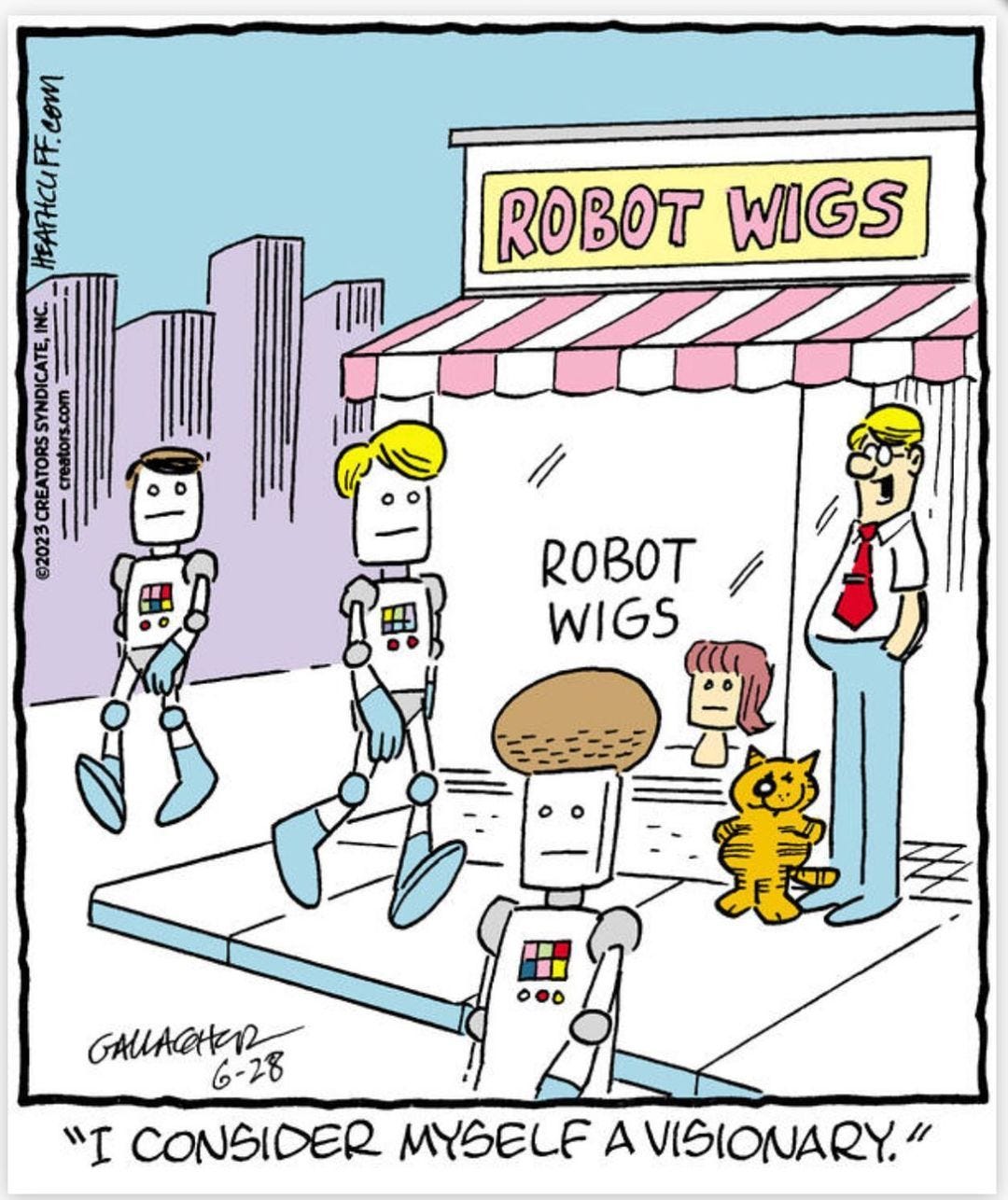EP.55 A MORPHING ROBOT THAT IS A GOAT
AI picking robots from Poland got new funding, a robot that literally is a GOAT & much more...
Polish robot picking company got funding! 💸
Nomagic, a Polish startup specializing in AI-powered robotic arms for logistics, has secured $44 million in Series B funding to expand into North America. The round was led by the European Bank for Reconstruction and Development (EBRD), with participation from Khosla Ventures, Almaz Capital, and the European Investment Bank (EIB).
Unlike many robotics firms, Nomagic focuses on software rather than hardware. Using computer vision and machine learning, its robots can recognize and handle a wide range of objects, making them adaptable for various logistics applications. The company has seen 220% annual recurring revenue growth and expects another 200% increase this year, serving customers in e-commerce and pharmaceuticals, including Asos, and Arvato.
Nomagic’s approach contrasts with competitors like Covariant, which struck a major licensing deal with Amazon in 2024. With increasing investment in automation from companies like Nvidia and SoftBank, and governments pushing for industrial growth, Nomagic is well-positioned to capitalize on the rising demand for warehouse robotics.
Eyes, hands, brains and mobility for robots! 🧠
ABB Robotics is ushering in a new era of AI-powered automation, integrating generative AI, vision, and mobility to make robots more intelligent, adaptable, and accessible. With 3D vision acting as "eyes," force-sensing technology as "hands," and AI-driven intelligence as "brains," these robots can now understand spoken instructions, learn tasks without programming, and move freely in dynamic environments.
According to Marc Segura, President of ABB Robotics, this leap forward will expand robotics into new sectors such as logistics, construction, healthcare, and life sciences. With the ability to interpret spoken instructions and execute tasks autonomously, robots will become more intuitive, safer, and easier to deploy, opening doors for businesses that previously lacked the expertise or infrastructure for automation.
This new age of AI-driven versatility is set to transform industries, redefining the role of robots in workplaces worldwide.
🦾 Feature sponsorship with ABB Robotics
A morphing robot that literally is a GOAT! 🐐
The GOAT robot, developed by researchers at Switzerland’s EPFL university, is designed to adapt its shape automatically to handle different terrains. Unlike traditional robots with fixed structures, GOAT dynamically shifts its form based on its environment, improving efficiency and mobility.
Its name stands for Good Over All Terrain, and it features a lightweight, flexible fiberglass frame with four motorized, rimless spoked wheels. Suspended at the center is a control module that houses a battery, microcomputer, and sensors. Two electric winches adjust the frame’s tension, allowing the robot to change shape on the fly.
On flat surfaces, GOAT stretches into an elongated shape similar to a car chassis, optimizing speed and efficiency. When rough terrain is detected, it expands into a wider ring for added stability. On steep descents, it curls into a ball and rolls downhill, conserving energy in the process. This ability was inspired by animals like hedgehogs that use passive rolling as a survival mechanism.
Unlike many autonomous robots, GOAT doesn’t rely on cameras for navigation. Instead, its inertial measurement unit (IMU) detects terrain changes. Potential applications for GOAT include environmental monitoring, disaster response, and planetary exploration.
Meme of the week 🤖
Robotics provides multiple new business opportunities. For example, a store with robot wigs…
Meta partners up with Georgia Tech to work on robots! 🥽
Researchers at Georgia Tech have developed a new method to train humanoid robots four times faster using Meta’s Aria research glasses. The approach, called EgoMimic, enables robots to learn from human demonstrations recorded through wearable sensors, eliminating the need for slow and labor-intensive teleoperation training.
By passively collecting egocentric data from Aria glasses, robots can develop generalizable skills from real-world human activities. The glasses also serve as a perception system when mounted onto robots, helping them mimic human movements more precisely.
With just 90 minutes of recorded data, EgoMimic achieved a 400% increase in robot task performance. This breakthrough has major implications for industries like manufacturing, healthcare, and logistics, bringing humanoid robots closer to human-like adaptability.




